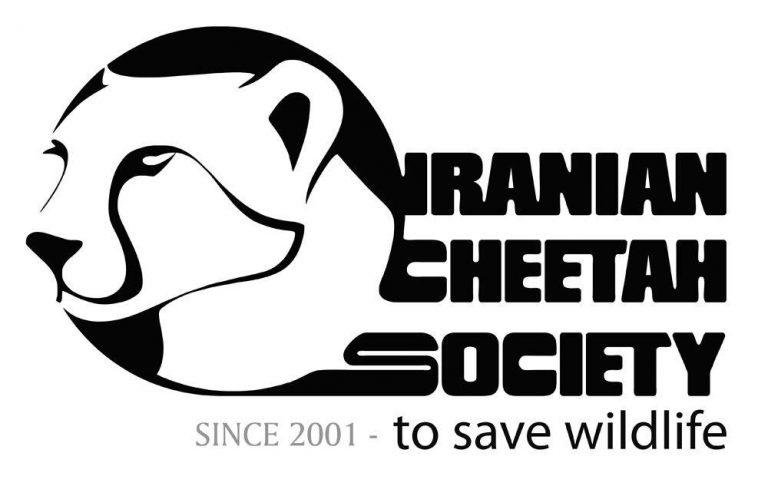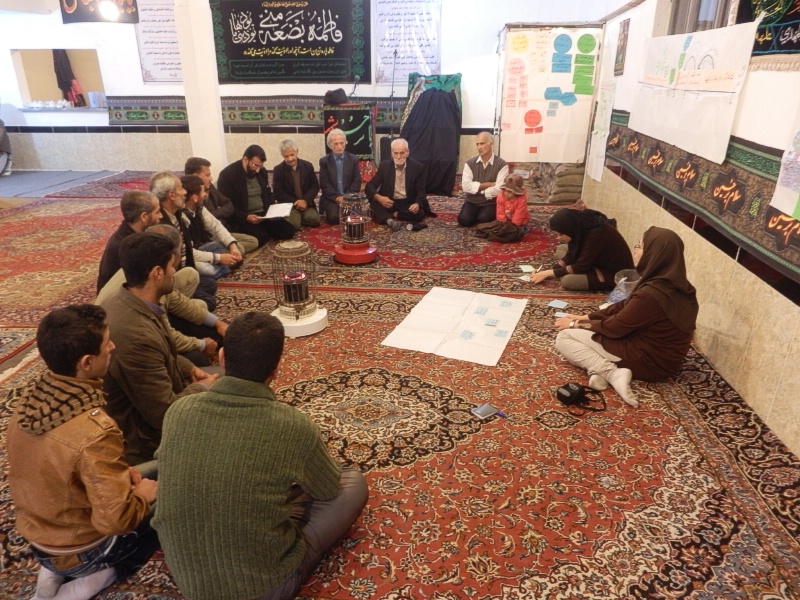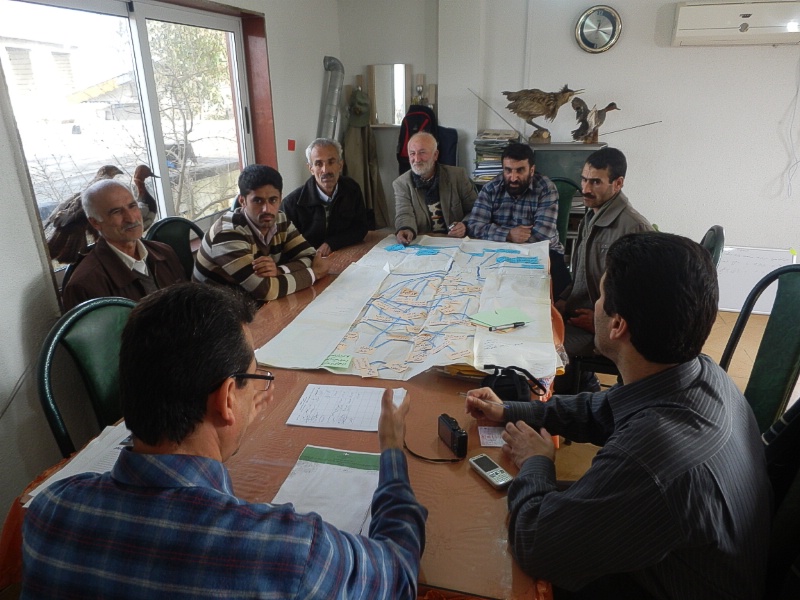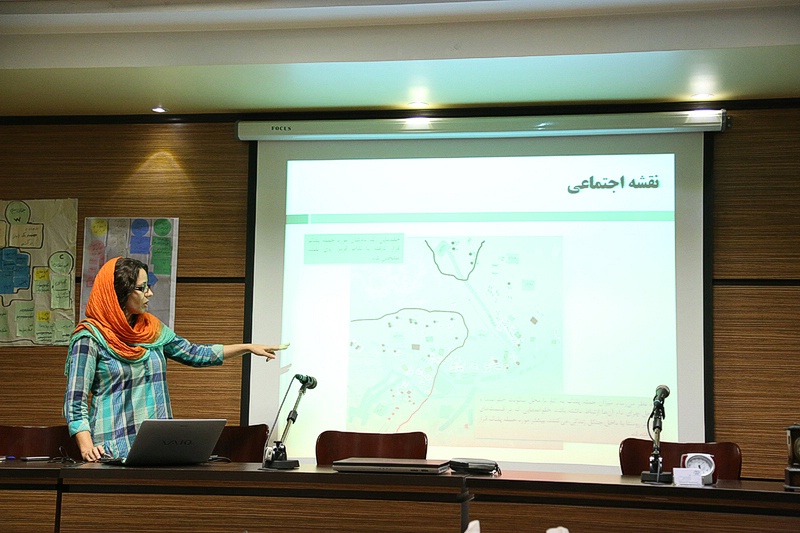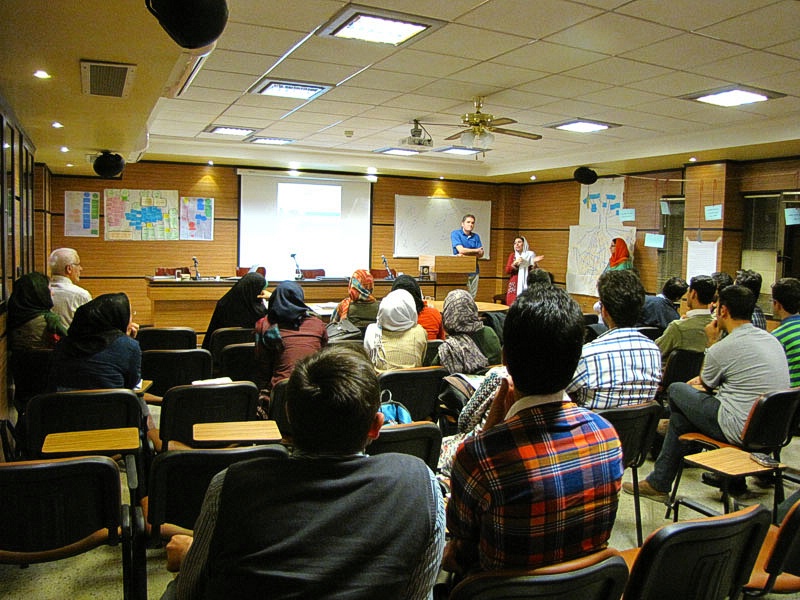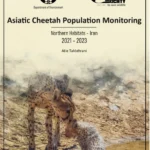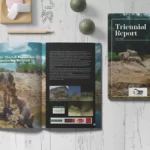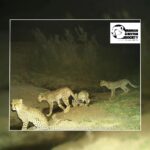Wild carnivores have been persecuted as pests by humans throughout history. The underlying factors leading to the persecution of large predators are complex and are also linked to local perceptions and cultural values. In rural communities where livestock has high economic and social importance and is an important source of income, livestock losses affect local attitudes towards, and acceptance of, large carnivores. Understanding the factors that contribute to the complexity of conflict issues is crucial if conservationists are to facilitate the development of appropriate mitigation strategies.
Iran is a stronghold for leopards in southwestern Asia, including the Caucasus Ecoregion. In the Caucasus the Endangered Persian leopard has been persecuted to the verge of extinction, primarily as a result of conflict with people over livestock predation. In 2011, the Iranian Cheetah Society launched a capacity building project for local communities in and around Dorfak No-Hunting Area, a key leopard reserve in Gilan province along the southern Caspian Sea coast. During a two-year intensive investigation of the extent of cattle predation by leopards and how this influences people’s attitudes towards leopards among village residents of eight villages, the ICS team revealed an alarming level of leopard-cattle conflict and very negative local attitudes towards the large predator. This study as the first quantitative analyses of human-leopard interactions in the Caucasus region, has recently published in Oryx as a peer-reviewed article .
The ICS team has presented the results of this study together with recommendations to decision makers and local stakeholders in a detailed report of the project outcomes (for the English version click here). Consequently, our team has focused their attention on addressing the underlying conflict using a human–leopard coexistence framework, considering that only a locally sustainable mitigation scheme in an institutionally and environmentally dynamic context would benefit all parties.
